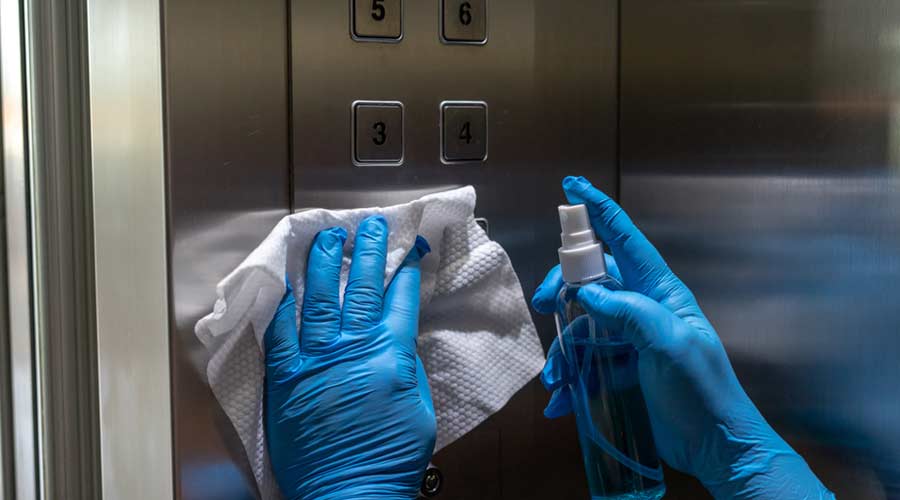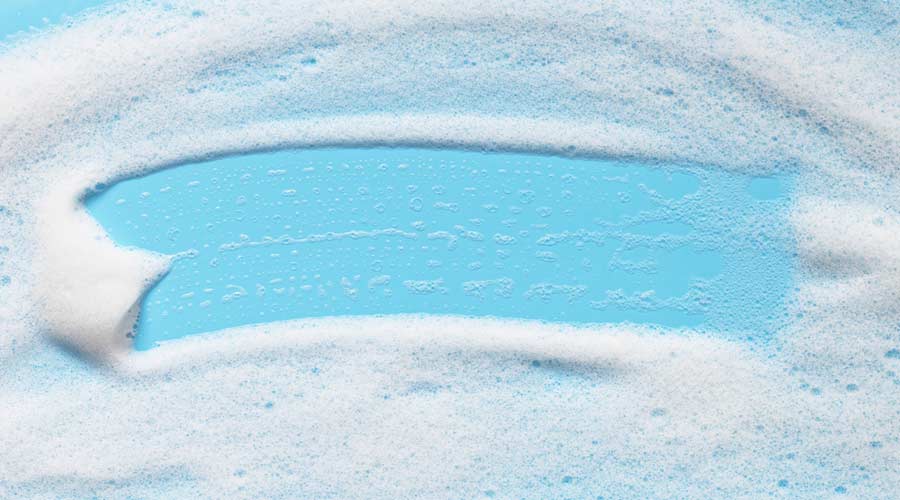One of the most important aspects of a waste management program has to do with can liners. Oftentimes, however, facilities are not using can liners that are appropriate for the size of their receptacles. A liner too small for its container can easily tear and one too big will sink into its container. Both of these mistakes will leave a mess for cleaning personnel when it’s time to change the liner. Another common mistake made when it comes to can liners is that facilities don’t use the proper thickness in appropriate settings. Can liners come in a range of mil counts or thickness with the higher the mil count, the thicker the plastic, thus the pricier the liner. Facilities should use liners with a lower mil count when the waste load will be lighter, such as paper. On the other hand, heavier can liners should be used in kitchens, break rooms, restrooms and entrances where the waste load is substantial. Knowing the right circumstances in which to use specific can liners can help reduce costs and avoid messy clean ups.
posted on 9/11/2009

 The Down and Dirty on Cleaning in Virus Season
The Down and Dirty on Cleaning in Virus Season How Surfactant Use is Expanding in Commercial Cleaning
How Surfactant Use is Expanding in Commercial Cleaning